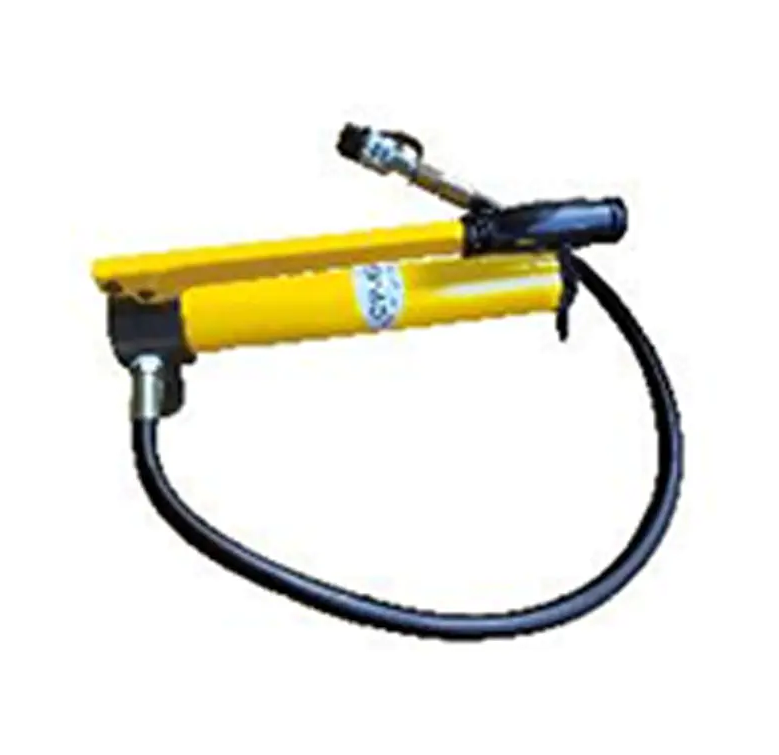The efficiency of a hydraulic system largely depends on the performance and condition of its hydraulic pump. As the primary component responsible for converting mechanical energy into hydraulic energy, the hydraulic pump plays a pivotal role in determining how effectively the system operates. Any inefficiency within the pump can lead to energy losses, reduced system performance, and higher operational costs. Therefore, understanding how the hydraulic pump affects the overall system efficiency is essential for optimal hydraulic system design and maintenance.
A hydraulic pump’s efficiency can be broadly divided into volumetric efficiency and mechanical efficiency. Volumetric efficiency refers to the pump’s ability to deliver the intended flow rate without internal leakage. Internal leakages reduce the effective output flow, causing the system to operate less efficiently since more input energy is required to maintain the desired output. Mechanical efficiency relates to the pump’s ability to convert input mechanical power into hydraulic power, accounting for losses due to friction and wear between moving parts. Low mechanical efficiency means more energy is lost as heat, reducing overall system efficiency.
The design and type of hydraulic pump also influence system efficiency. Different pumps—such as gear pumps, vane pumps, and piston pumps—have varying efficiency levels and operational characteristics. For instance, piston pumps typically offer higher volumetric and mechanical efficiency compared to gear pumps, making them suitable for systems requiring precise flow control and higher pressures. Selecting an appropriate pump type based on the system’s operational needs is crucial to maximize efficiency.
Operating conditions also impact the hydraulic pump’s efficiency and, by extension, the entire system’s performance. Pumps operating at speeds or pressures outside their optimal ranges tend to experience increased wear, internal leakage, and heat generation. These factors degrade efficiency and can cause premature failure. Ensuring that the pump operates within manufacturer-specified parameters helps maintain high efficiency and prolong pump life.
Maintenance practices significantly affect the hydraulic pump’s ability to contribute to system efficiency. Contaminants in hydraulic fluid, improper lubrication, and worn seals or components increase friction and internal leakage. Regular inspection, cleaning, and timely replacement of parts help maintain pump integrity, reduce energy losses, and improve overall system efficiency. Neglecting maintenance can lead to gradual efficiency declines and unexpected breakdowns.
Additionally, the hydraulic pump’s integration with other system components influences efficiency. Proper matching of the pump with the motor and the hydraulic circuit minimizes energy losses. For example, a pump sized too large for the application will consume unnecessary power, while an undersized pump may operate at maximum capacity constantly, increasing wear and reducing efficiency. Using variable displacement pumps that adjust flow according to system demand can improve efficiency by reducing wasted energy during low-load conditions.
In conclusion, the hydraulic pump is a vital determinant of hydraulic system efficiency. Its design, operational condition, and maintenance status all contribute to how effectively the system converts mechanical input into hydraulic power. Selecting the right pump type, operating within recommended parameters, and implementing proactive maintenance are key strategies to optimize efficiency. Understanding these aspects helps engineers and operators maximize system performance, reduce energy consumption, and lower operational costs.
Function:
1. The pump is designed with two stages of high and low speed for quick oil output. Even without electric power, the operation can be carried out conveniently. It is the same as the electric pump in any working pressure and function.
2. Pedal operation. The operator could work while their hands grip a tool or an object.
3. Pressure could be stopped in the middle. Designed high high-pressure safety unit to protect the hydraulic valve.
4. A wide hydraulic pump base for fixing the frame could improve the stability of operation at work.
5. An oil pipe fitted with a quick coupling could be ordered in any length. It could be fitted with a pressure meter(to be ordered).
6. Oil pipe coupling fitted with PT3/8" thread.
